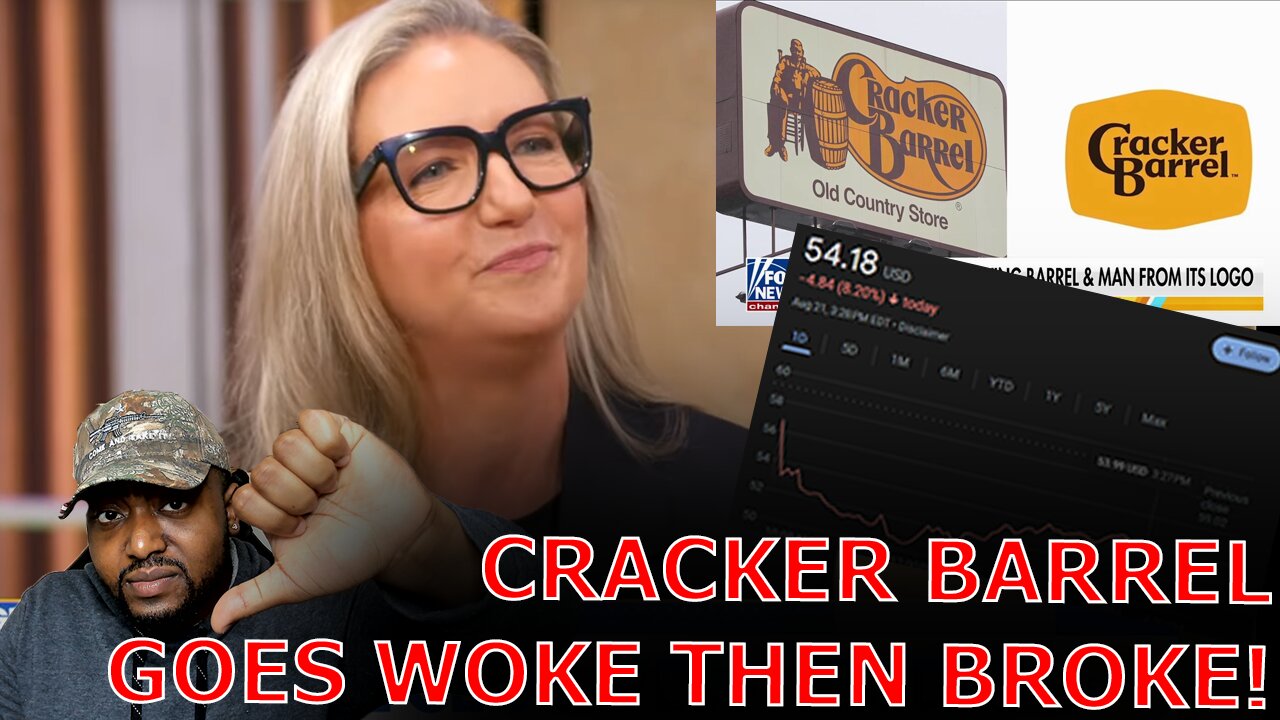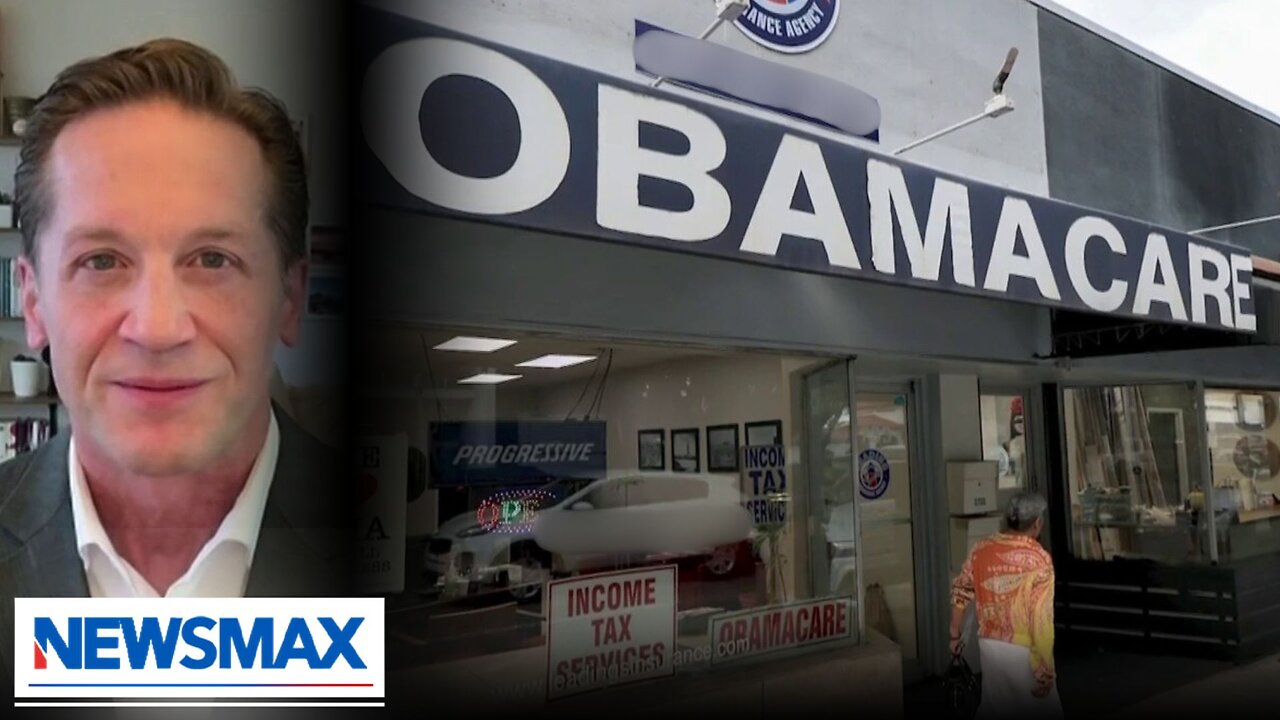The Great Grade Giveaway

You get an A! And you get an A! On campuses this fall, some students might feel like they’ve wandered into their own Oprah episode, except the prize is a transcript filled with top marks.
Live Your Best Retirement
Fun • Funds • Fitness • Freedom
For decades, the share of A’s has been swelling like a balloon. At Harvard, nearly 80% of grades in the 2020-2021 school year were in the “A” range. Back in 2001, Harvard professor Harvey Mansfield called this out, warning that grade inflation “devalues the currency of the academic realm” and turns grades into “worthless tokens of self-esteem.” Two decades later, his point is looking uncomfortably prophetic.
Why the flood of top grades?
Partly, it may be the erosion of core curriculum requirements. The American Council of Trustees and Alumni recently found that fewer than 20% of colleges require a U.S. government or history course. Not only that, but of the 1,100 institutions reviewed, less than a third mandate literature. Without foundational skills, students may shy away from harder classes, and schools, eager to keep them enrolled, may make the easy ones easier still.
Scholar George Leef has another explanation: the rise of the “consumer culture” in higher education. He points out that students increasingly see themselves as “buying” a degree, and that the rapid expansion of colleges and universities over the last 50 years has left many schools “extremely hungry for students” and more focused on maintaining enrollment than on upholding academic standards.
The numbers tell the story.
A 2011 study found that in 1960, only 15% of all college grades were As; they were outnumbered by both Ds and Fs combined, and the most common grade was a C. By 2013, the most common grade was an A (43%), and As and Bs accounted for almost three-fourths of all grades at public institutions and 86% of grades at private ones.
Another study based on 40 years of student survey data found that in 1969, only 7% of students said that they had an A grade-point average or higher, but by 2009, that figure had risen to 41%.
Some schools are pushing back.
Dartmouth, Columbia, and The University of North Carolina at Chapel Hill have adopted measures to indicate what a grade means in a given course, such as listing the average or median grade, or the percentage of the class receiving that grade, alongside the student’s grade on the transcript.
Texas lawmakers have proposed “Honest Transcript” legislation, requiring public universities to display course-wide grade averages next to individual grades (with exceptions for courses with 10 or fewer students) and grade independent study courses as pass or fail. The measure passed the state’s House but stalled in the Senate.
Even student leaders have gotten involved, with six student body presidents representing more than 200,000 students urging President Trump to require, via executive order, all Title IV universities to include the median (or average) grade for each class on students’ transcripts.
“Higher education commits academic dishonesty,” they wrote, “by treating a hard-earned A in a challenging course the same as an easy A in a remedial class.”
Restoring rigor isn’t just about fairness to high achievers. It’s about preserving the value of a college degree. Honest transcript policies won’t solve grade inflation overnight, but they would shine light into the system, curb inflationary pressure, and help employers and graduate programs tell the difference between an outstanding student and an average one with a transcript full of A’s.
If we want to restore confidence in higher education, it’s time to trade in the fanfare for a little more honesty and a lot more accountability.
The post The Great Grade Giveaway appeared first on The Daily Signal.
Originally Published at Daily Wire, Daily Signal, or The Blaze
What's Your Reaction?
 Like
0
Like
0
 Dislike
0
Dislike
0
 Love
0
Love
0
 Funny
0
Funny
0
 Angry
0
Angry
0
 Sad
0
Sad
0
 Wow
0
Wow
0










































































